There were several hurdles to cross to get an overall winner this year. We’d like to think this is terribly scientific, but a great deal of it comes down to time spent behind the wheel.
The electric revolution got well under way this year. After preaching the electric gospel for more than a decade, Elon Musk can feel vindicated to see the mainstream brands embrace the electric car so eagerly.
Sure, there are petrol and diesels for sale – and there will be for some years to come – but ask any car executive about the future and they’ll roll off a line-up of EVs with little or no mention of combustion engines. The engineers developing the cars you will drive in the years to come are all fiddling with batteries these days.
But that’s for the years to come; this year saw the focus clearly on fully electric crossovers, with a fleet of new arrivals for customers ordering for 2022.
The Tesla Model Y has the brand kudos, the performance, and for the first time in a Tesla, the handling. We were divided, however, on the ride quality, while the exterior design is a let-down and the interior could still do with some premium upgrade.
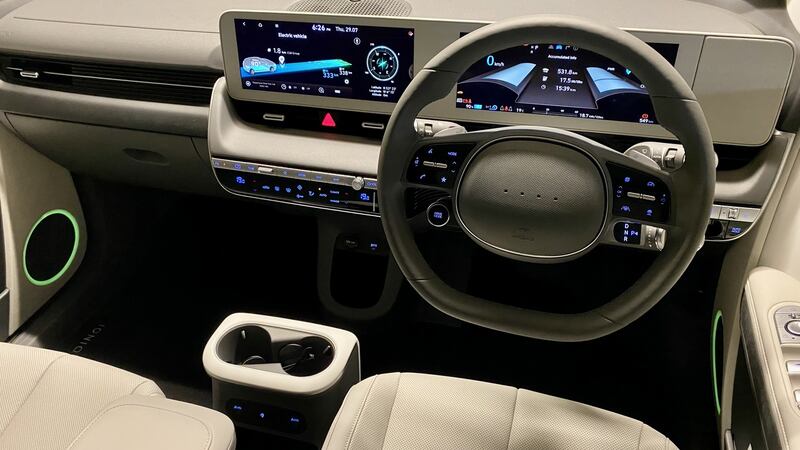
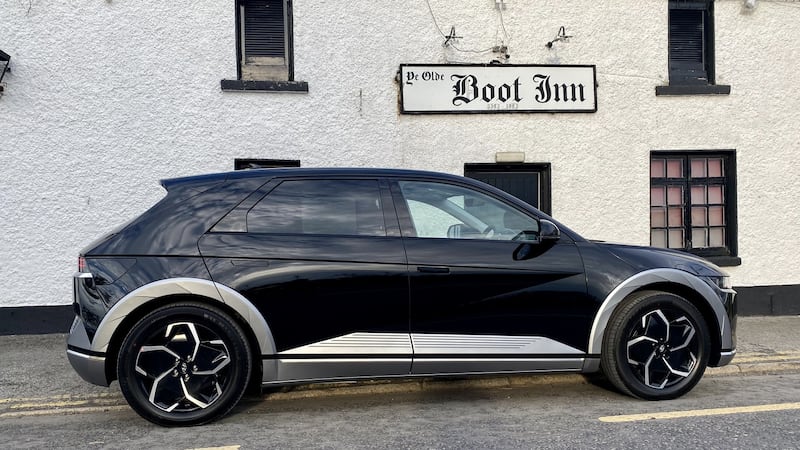
The Ford Mustang Mach E is a hoot to drive, looks properly sporting for a crossover, but there are just too many features taken from the parts bin of a Ford Focus to warrant a price tag of circa €60,000.
There are a few top-end electric cars, like the BMW iX, that really surprised and impressed, but their price tags were too rich for most Irish motorists.
We did consider hybrids and plug-ins, but the former seem increasingly standard fare these days, while the latter offer a bridge to the future of electric motoring, but in many ways are therefore a compromise because of it.
The final shoot-out came down to three cars: the Renault Megane, the Kia EV6 and the Hyundai Ioniq 5. Well, two cars really for the last ones are both iterations on the same Korean theme: an electric crossover. The first task, clearly was to separate these two. That was the hard part. There is merit in both.
The Kia is, at first glance, the more conventional of the two in that it looks like a regular car, instead of the Hyundai’s more curious blend of 1970s hatchback and modern SUV.
Get closer, though, and you realise that the Kia is truly striking – it's 100mm lower to the ground than the Hyundai, its windscreen and windowline were apparently inspired by the classic Lancia Stratos rally car, and it's – even if only fractionally – the better of the two Korean cars to drive. Even with the same platform, same batteries, same electric motors, it's the Kia that feels noticeably more agile in a tight corner.
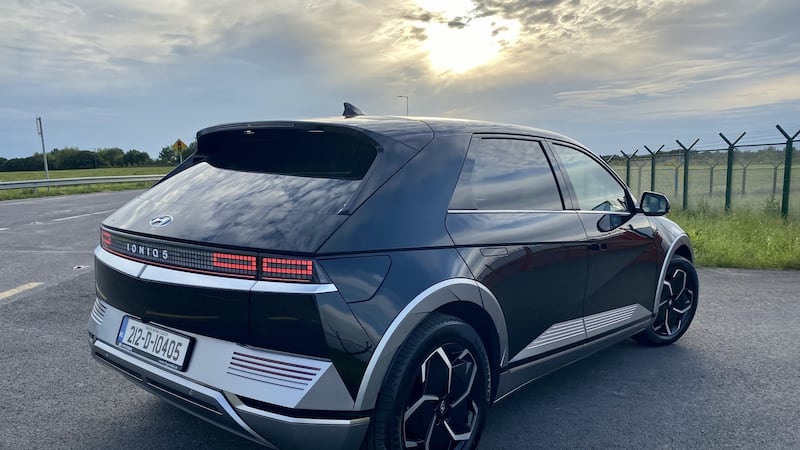
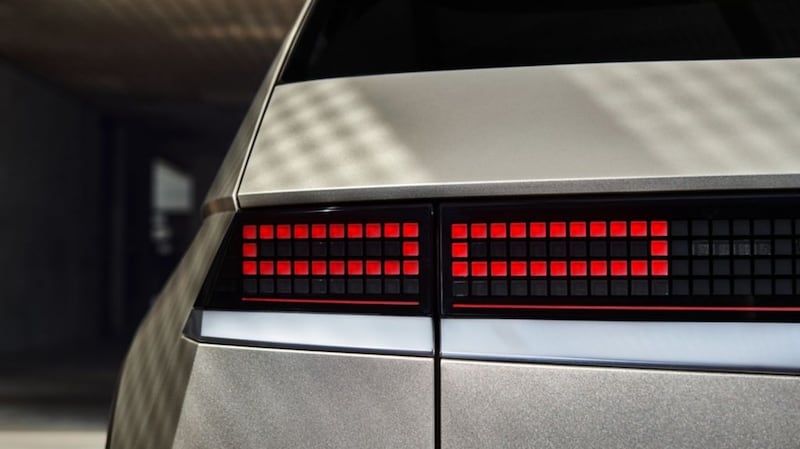
The Hyundai may lose out slightly given the higher centre of gravity, but it’s only by a margin. It offers a noticeably more spacious cabin, and thanks to the taller roofline, it’s airier by far in the back seats. Those seats are easier to see out of, too, thanks to a windowline that’s more horizontal than that of the Kia, which could be a deal-maker or deal-breaker if you’re regularly carrying kids in the back. That boxier rear end means that the Hyundai is also a little more practical when you’re carrying cargo.
The Megane E-Tech has so much to offer. From a design front, it's stunningly good looking. It ticks the crossover box, but retains hatchback appeal. It's got a cabin that would make Audi engineers happy and responsive software that seems to work – a marvel for a French car.
What’s more, the engineers focused as much on the car’s weight – making it more efficient – as they did on getting the biggest battery slotted into it.
The end result is surprisingly decent range from battery packs that seem on paper to be smaller than rivals. This car slips neatly into the gap between the VW ID.3 and ID.4, can straddle both buying markets and looks sleeker than both. With prices expected to be starting circa €37,000, this Renault has serious potential.
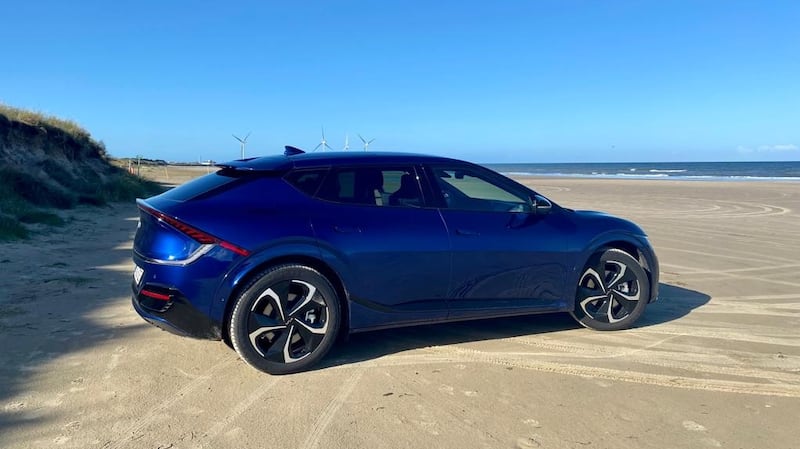

Yet one of its rivals will undoubtedly be the Ioniq 5, which is already on the market for that price and delivering that more family-friendly cabin in a format that also straddles hatchback and crossover.
Aside from one or two snafus (the way the rim of the steering wheel cuts across the speed display on the dashboard is especially infuriating, while the lane-keeping steering is annoyingly hyperactive, constantly tugging at the wheel in your hands) there’s so much to like about the Ioniq 5’s bright, open-plan interior.
Hyundai fits it with so-called “lounge” seats that allow you to recline comfortably – useful when waiting at a charging point – and that lounge effect seems entirely at home in such an apartment-sized cabin.
The Ioniq’s quality fit and finish is good, and feels a step above the regular Hyundai fare. Does that explain why there’s no Hyundai badge on the steering wheel? Ioniq is, after all, technically its own brand now, so maybe Hyundai is trying to put some clear water between the 5 and the rest of the more workaday Hyundai line-up.
You can spend a lot on the Ioniq 5. A Premium Plus version, with all-wheel drive and the biggest battery option, will empty your wallet to the tune of €64,995 which will draw more than a few sharp intakes of breath.
If that’s a figure that gives your bank manager palpitations, then the basic €37,995 model still has much to recommend it – not to mention a 385km range which isn’t wildly long-legged but which is just about enough to do, say, Dublin to Cork in one lunge. The ultra-fast 800-volt charging helps, though – if you can find a fast enough charger, the Ioniq 5 will suck down an extra 200km in just 18 minutes.
Longer range
All also true of the Kia? Yes. Does the Megane have an even longer range? Also yes, but we don’t have a definite Irish price for the Renault yet, so perhaps we’re getting ahead of ourselves.
So, it’s the Hyundai that takes our top spot. It’s a rare car from a mainstream carmaker that so dramatically pushes back the styling envelope. It’s a rarer still car that advances the technology of the segment so significantly.
And to do all that at a reasonably affordable price, with the long warranty so beloved of all those Tucson drivers, and it's even good to drive? If that's not good enough for a best of the year award, we're not sure what is.












